The fallout of the COVID-19 pandemics changed many people’s everyday lives – if not all people’s lives – while also reshaping the economy and the way different businesses are operating. With these changes, there is a massive need for policing new guidelines for behavior on the job sites, which includes the industry of construction as well. Aside from social distancing as a necessary precaution, supervisors and site managers need to make an extra effort to protect the public health and the health of their employees.
Table of Contents
Guidelines for Construction Workers
Only construction projects in compliance with the new regulative and guidelines are staying open for business and are allowed to proceed with on-site work. Contractors who are unable to respond to new guidelines are risking getting closed until the case of pandemics is settled and resolved, consequently risking losing profits. Construction workers need to practice social distancing, wear protective masks and gloves, as well as frequently wash hands and sanitize shared tools. Superintendents, supervisors, and on-sire managers need to make sure that all employees respect the guidelines at all times, that way protecting the workers.
Incorporating Special Guidelines to Stop COVID-19 Pandemics
Goce Peter Kalinov, superintendent at D.R. Horton construction companies shared the process of policing the latest guidelines. As Kalinov claims, safety must always come first.
“As a Superintendent I am policing daily for people social distancing on the project the right way and they all take it seriously. No lunches together no sitting in garages, not more than 5 people per house, etc. Also, everyone is required to wear a mask/face cover just like they’re required to wear a hard hat. Just yesterday I had to send a truss crew home unfortunately because they didn’t have any facial covering. Also, no sharing tools, if they do then they must be sanitized before returning them. It’s very challenging, to say the least, because our job is very demanding as it is and these new procedures just add more to the stress but safety’s first.”


